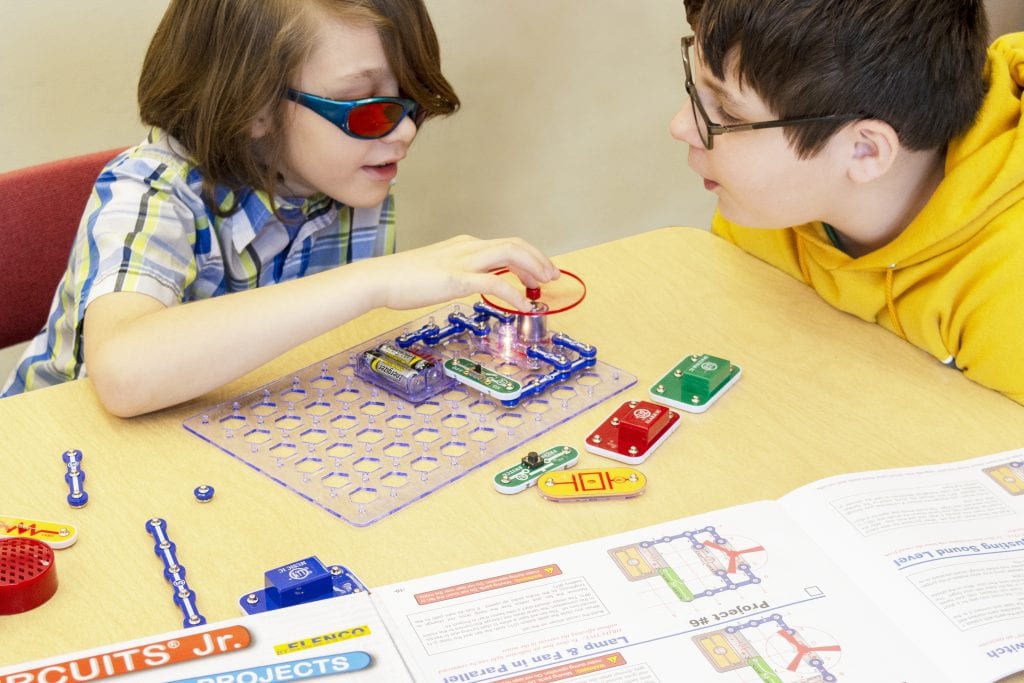The Long Journey of Your Food

Appropriate for K-12
After measuring it, you would be surprised at how far food travels through the body after it is swallowed. We’ve put together a fun and accessible activity to show students the impressive length of the human digestive system. Follow these instructions, which can be combined with information about the function of each organ, to further your child’s understanding of the long journey of the food we eat.
Materials:
- 30 feet of rope or sturdy string
- One jug or plastic container
- One measuring tape or yardstick
- Tape, twist ties, or rubberbands OR scissors
Start by measuring out sections of rope to represent the organs of the digestive system: mouth – 2 inches; esophagus – 10 inches; small intestine – 22 feet; large intestine – 6 feet. You can do this in advance or have your child assist in the measuring process. To mark off the different lengths of each section you can choose to cut the rope or use something like tape. The jug or container represents the stomach and is placed between the esophagus and small intestine. Arrange these sections along a hallway or in a spiral if room is limited. Ask students to travel the entire distance, stopping at each new organ in the journey. Afterward, discuss the function of each section and make sure students understand how such a large body system can fit in the human abdomen (by folding multiple times upon itself).
Activity Extension (Middle School and High School science & math)
Since all scientists use the metric system, convert the lengths of all sections mentioned above into centimeters and meters. Use the following conversion factors: 1 inch equals 2.5 centimeters and 1 foot equals 0.3 meters.
Activity Extension (Elementary School)
To demonstrate some of the action that takes place in the stomach, students place half a banana in a small, clean Ziploc baggie, zip it closed after releasing most of the air and smush it with their fingers! This illustrates the mechanical breakdown of food in the stomach. You can mention that chemical digestion also takes place in the stomach as well before moving into the small intestine. Use the smushed banana to bake banana bread or muffins.
For more resources check out our #AtHomeWithAPH resource list for free and accessible activities, tips, webinars, and more from APH, our partners, and the field at large. Have a free and accessible resource you would like us to include? Email us at communications@aph.org to tell us about it!
Share this article.
Related articles

Exploring the World of Adapted Physical Education: Enhancing Inclusivity for Blind and Visually Impaired Students: Overcoming Challenges and Addressing Concerns
Parents and physical education teachers may hesitate when it comes to allowing their child or student who is blind or...

10 STEM Products for Inclusive Classrooms
This blog was originally published in 2019 as “8 STEM Products for Inclusive Classrooms.” It has been updated to include two...

What Does Accessibility Mean to You?
Have you ever considered how something that many people use every day, like a kitchen appliance, social media platform, or...
